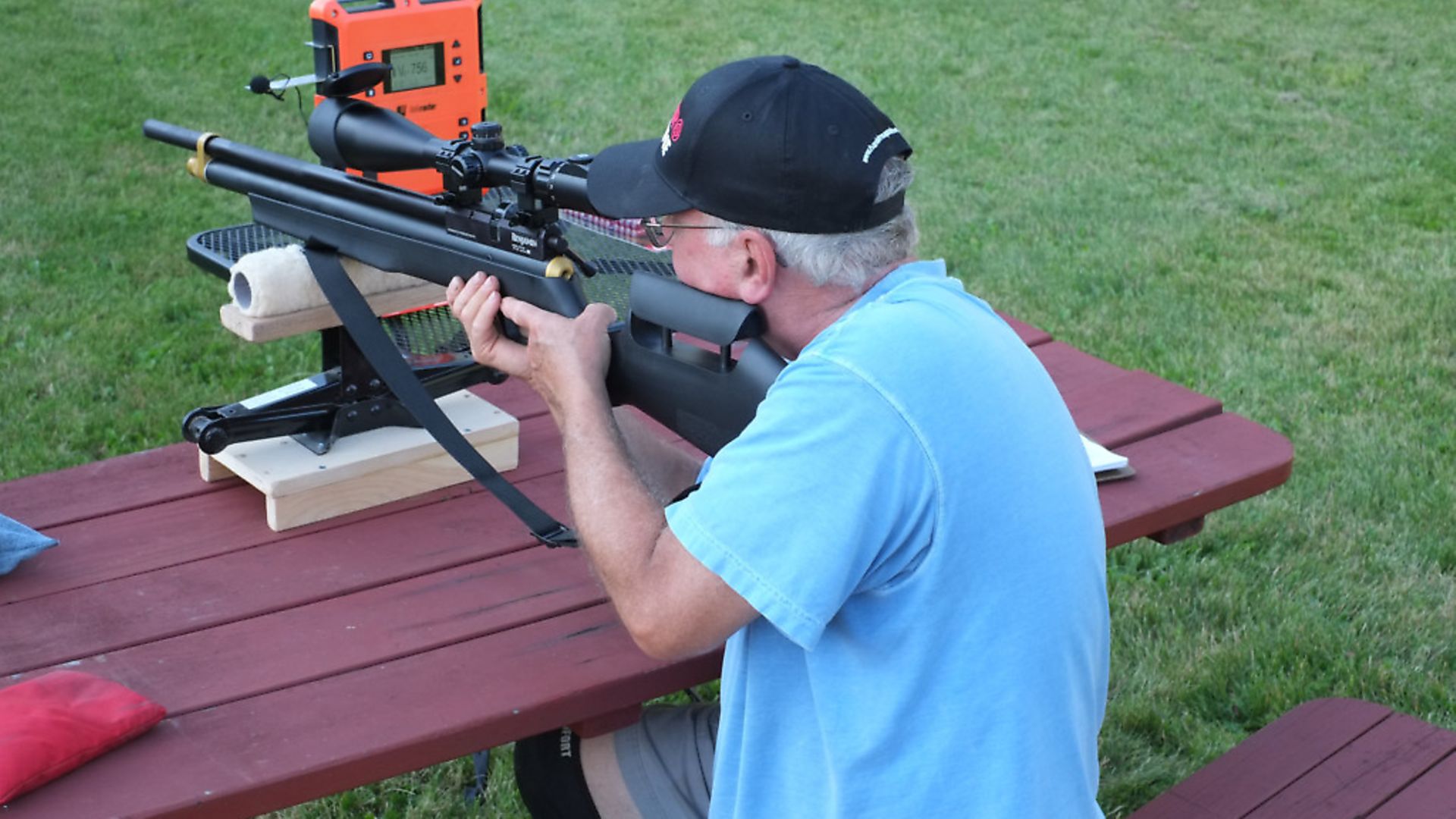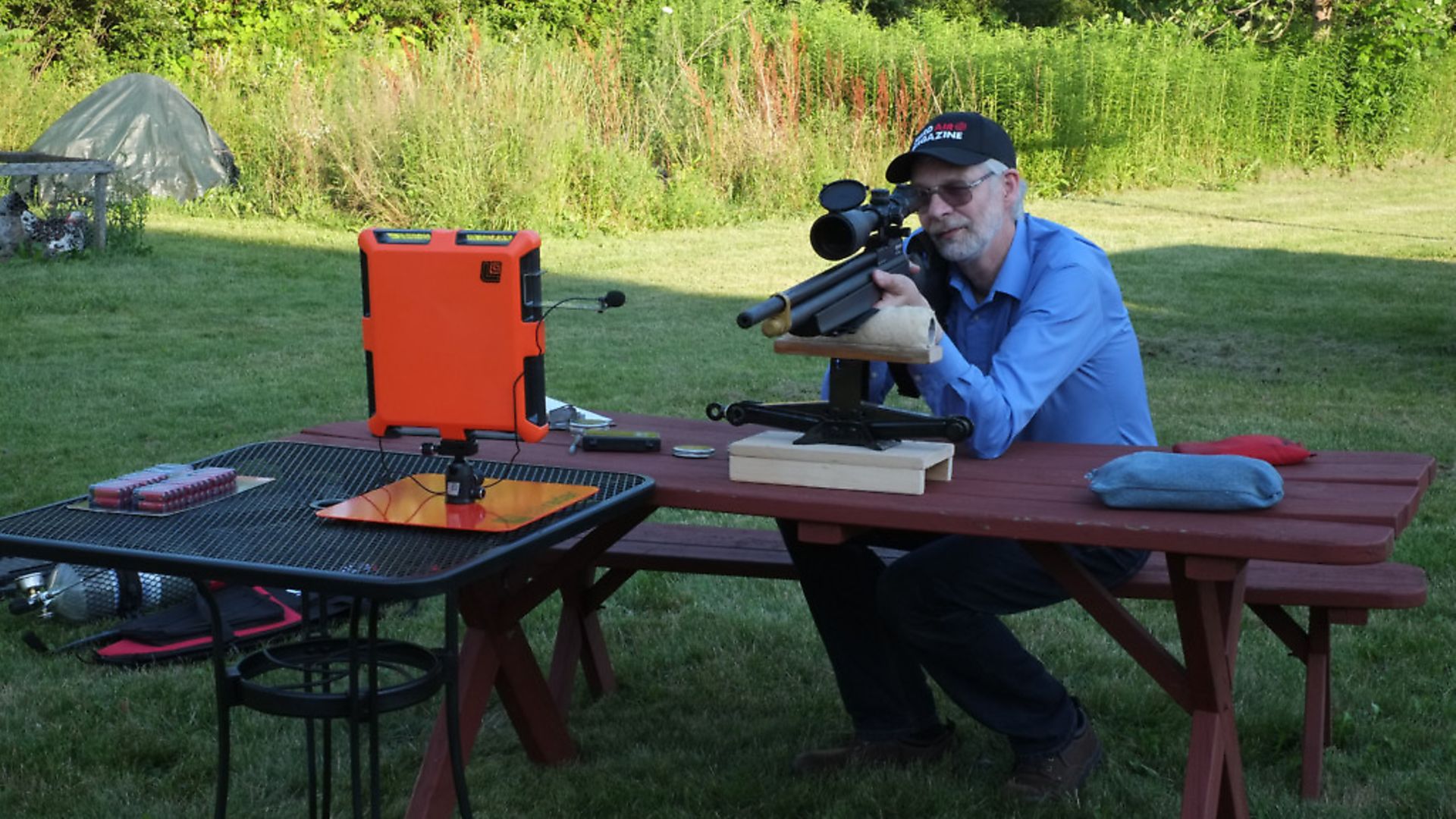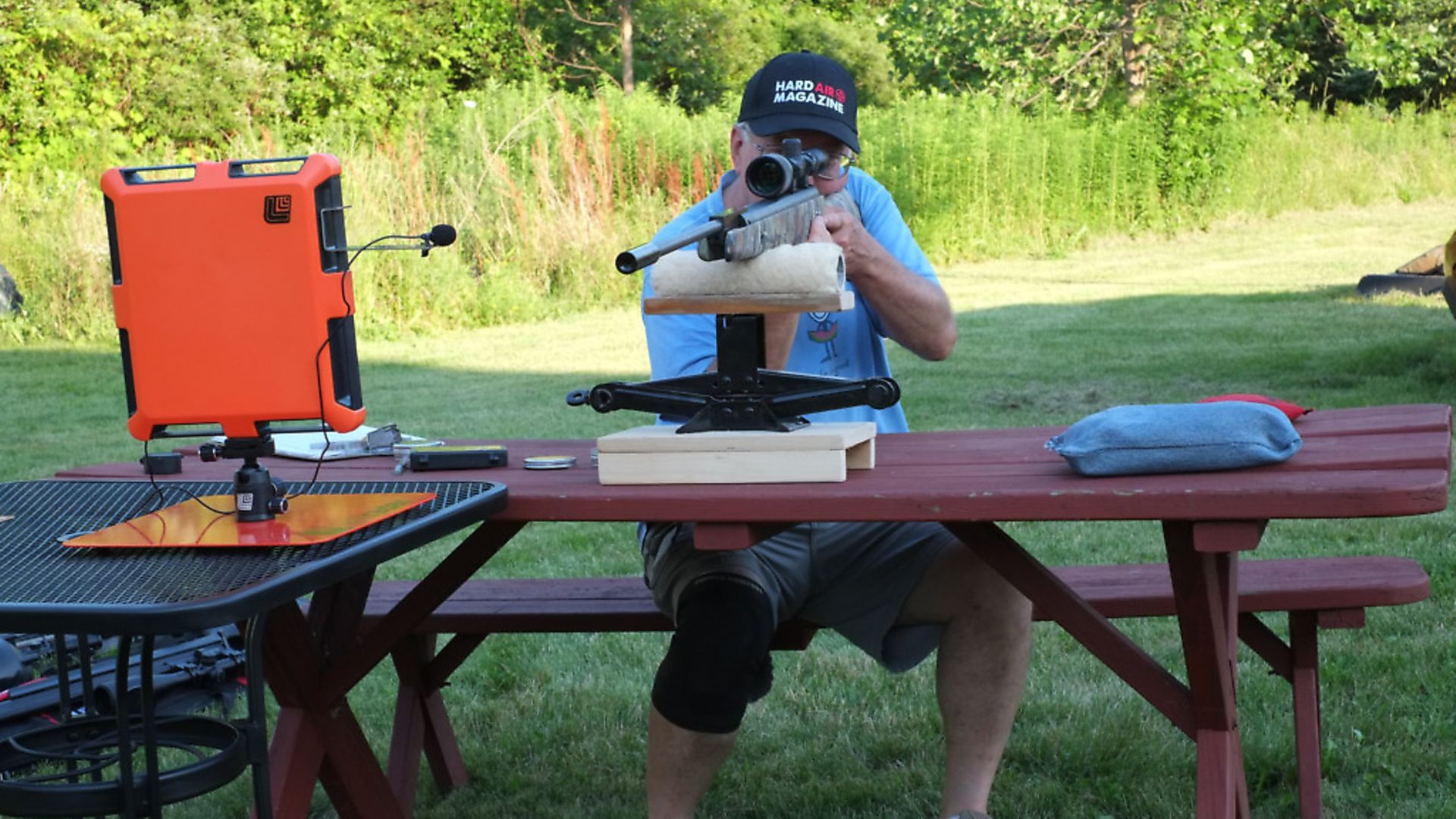Our U.S. correspondent, Stephen Archer, delves into the mysteries of ballistic coefficients
 credit: Archant
credit: Archant
Ballistic coefficients are an often discussed subject on both side of the pond. Probably BCs (as we’ll refer to them mostly for economy of space) should be given a Government Health Warning. Often they cause confusion, sometimes they result in a rise in blood pressure. Occasionally, they are the cause of violent disagreement.
Firstly, I thought it would be instructive to improve my understanding of BCs, so I read every-thing I could find on the topic. This definitely produced the confusion mentioned above. The complexity of the explanations about BCs, not to mention the huge number of variables involved in their calculation, certainly led to a serious bout of head scratching.
So, for a while, I let the matter drop, but the need for some understanding didn’t go away. I read all the learned material again. This time the result was slightly less confusing. I had made progress, so it seemed.
 credit: Archant
credit: Archant
Let’s take a practical approach
The real change in my understanding of ballistic coefficients came with a simple thought one day. I decided to make some BC tests myself and look at the problem experimentally.
Basically, BCs can be determined by measuring the velocity of a pellet at two points, with a known distance between them, and then applying an equation to calculate the results.
Straight away, this poses some problems – how to make the measurements and how to get the requisite distance.
If we were to use multiple chronographs to calculate the BCs, we would also need to aim with sufficient accuracy so that the pellets passed through the ‘sensing windows’ of both units. In or-der to minimise any small inaccuracies in measurement, we would need to place the second chrono’ as far downrange as possible – 30 yards or more.
Visions of dead chronographs hit by pellets travelling downrange loomed large in my mind. Then there’s another issue. Individual measuring devices will give different results for the same measurement unless they are calibrated together. An obvious daily example is that of comparing your watch with mine. They’re bound to show slightly different times. Such slight differences in chrono’s would make the resulting BC values inaccurate.
 credit: Archant
credit: Archant
Then I thought, ‘well, maybe we can use the same chronograph at different distances for successive pellets of the same type’, but we know that two pellets will have different velocities, even if fired from the same gun under the same conditions, because they’re not exactly identical. There will also be tiny differences in the firing cycle of the gun, every time. So, again, that was a no no.
Given that calculating BCs requires extremely precise, comparable measurements, that issue of ensuring accurate, precise, measurement of pellet FPS at two points separated by a long distance was a top priority to overcome.
Doppler radar to the recue
The answer was at hand in the form of a Labradar unit. This uses Doppler radar to measure the velocity of a speeding pellet, and it can do that at multiple distances. Perfect! Now I had a single measuring device that eliminated the need to calibrate two individual chronographs. This Doppler radar solution allows multiple velocity readings to be made of a single pellet at almost any distances downrange that are required.
The manufacturers of Labradar claim that it produces readings accurate to 0.1%. Pretty good! They also confirmed, for reasons I don’t understand, that the Labradar units sold in the USA are twice as powerful as those sold in the UK. That would definitely be helpful because it promised the opportunity for a longer distance across the ballistic coefficient here in ‘the colonies’.
Having solved that issue, now I needed the space. Fortunately, my friend, Doug Wall, has a very large garden and can shoot easily at 50 yards. Problem solved. Again, it’s easier to find this sort of space over here than it is back home in England.
So, Doug and I made some initial BC test experiments using Labradar back in the summer. Now we had some FPS numbers. All (all?) that was now required was to create a spreadsheet to accept the data and spit out the appropriate ballistic coefficients. Well, almost all...
First tests, first results
These initial experiments taught us many things. Among them was how to overcome the variations in downrange velocity between individual pellets of the same type. We decided to test 10 individual pellets of each type and average the results. Without the need to get all 10 of those pellets consistently through a chrono’ far downrange, this was now a practical possibility.
We also made an interesting discovery about pellet velocities at different distances downrange.
Taking a 10-shot string, the velocity was pretty consistent at the muzzle and at 10 and 20 yards downrange. Yes, there were obviously differences between individual pellets in the string, but they were relatively small.
Moving out to 25 and 30 yards, the consistency between the velocity of individual pellets in the string began to open up a little, but we still felt the variation was manageable, with a standard deviation of around 5 FPS for many pellets.
However, at 35 yards and beyond, the standard deviation numbers suddenly doubled or tripled!
Yes, we could easily have calculated an average velocity from the 10 individual measurements, but how representative would that really be? Such an average over 100 pellets might be OK, but the variation observed across 10 pellets was too great for any average to be statistically significant.
So, we decided that the measurement distances for the pellet velocities would be 0 yards (at the muzzle) and 30-yards for our BC calculations.
As a side note, I should say that we had decided to test pellets straight from the tin. We did this to make the resulting BC as representative as possible for everyday shooting.
Of course, we could have sorted individual pellets before testing, but another question then arises. What would be the sort criteria? Pellet weight, head size or length, and if we did sort, what would be the acceptable measurement limits?
It was clear that, the more we sorted pellets before testing, the more consistent the resulting velocity measurements would be, but would that result in ballistic coefficients that actually represented the pellets people would actually shoot in reality? Clearly not.
It did underscore the value of sorting pellets, though, particularly for accuracy at longer ranges.
This was so much fun, we did more!
Then another thought occurred; there’s value in generating a ballistic coefficient value for one specific pellet, but obviously there would be much more value if we could produce BCs for multiple different pellets.
The BCs were produced from experiments undertaken under identical conditions, as near as possible, so not only would the individual BC values be accurate, but they would also be comparable against each other. You see, BCs generated using different test methodologies and different measuring equipment at different locations, and using different air rifles, will actually vary, making comparison between them unreliable.
So, rashly, we decided to move into ‘production mode’ for ballistic coefficients.
We would make tests of multiple different pellet types under the same conditions, thus generating comparable BCs for a whole range of different pellets. Had I fully realised the amount of work involved, we probably would not have done this, but that’s life.
This defined our choice of air rifle for these ‘production’ BC tests. We would need a regulated PCP, or PCPs if we were to produce BCs for multiple calibres. Of course, introducing different guns as the projectors for different calibres would lead to variation in the BCs across calibres, but help was at hand. Our friends at Airguns of Arizona loaned us an FX Impact with which to conduct our BC tests. Not only that, but they included a full set of interchangeable barrels and bolts as well. Now we could use the same air rifle to produce consistent, comparable ballistic co-efficients for pellets in .177 calibre as well as .22, .25 and .30 calibres. So that’s what we did!
Results, results...
So far, Doug and I have produced consistent, comparable ballistic coefficients for more than 80 different types of pellets. This is almost certainly the largest data base of consistent, comparable BCs in the world!
Weather permitting, shooting outdoors is the only major source of variation in our testing, but we minimise this with our location and choice of test days. We’ll move this to well over 100 BCs for different pellet types and calibres in the forthcoming months.
Now, I accept that the BCs we have generated are exactly specific to the FX Impact air rifle shooting in full-power mode, but the consistent test protocol means that our BC results are broadly valuable to anyone looking for pellet ballistic coefficients, even if just as a starting point, and they are definitely valuable for comparing BCs between different pellets and even different calibres.
Because the BC of the same pellet varies slightly depending on its velocity, we also, uniquely, publish the first and second FPS figures from our tests. This gives you the opportunity to customise our test results to suit the lower velocity airguns in the UK.
To make the results of this huge amount of work freely available to airgunners everywhere, we have loaded all our BC results on to the Hard Air Magazine website. I hope that our hard work will be a valuable, independent source of pellet test data that will help many of you to shoot more accurately in the future.
Stephen Archer is the publisher of the US-based online Hard Air Magazine